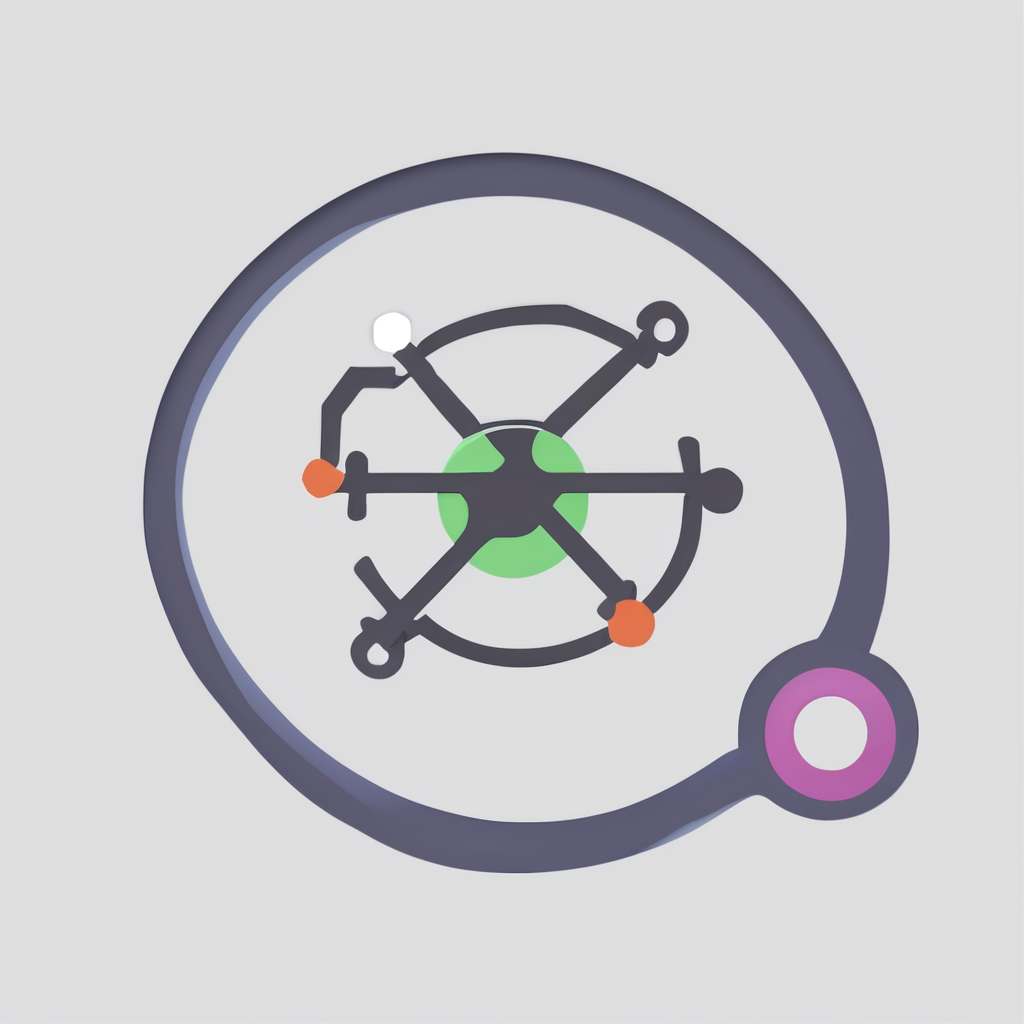Immediate Impact of Advanced Computing Hardware on Research and Development
Exploring how cutting-edge technology transforms innovation
The integration of the latest computing hardware into research and development (R&D) has revolutionized how experiments and investigations are conducted. These hardware advancements provide a significant boost in computational power, enabling faster processing of massive datasets and complex algorithms. This results in a tangible increase in R&D efficiency, as tasks that once took days or weeks can now be completed in hours.
Also read : How Can Emerging UK Computing Hardware Enhance Technological Accessibility?
One standout benefit is the shortening of experimental and development cycles. By leveraging high-performance processors, researchers experience quicker iteration times, accelerating the overall pace of innovation. For example, simulations that model complex biochemical reactions or engineering designs are processed with greater speed and accuracy, which is critical for timely decision-making.
Moreover, the enhanced capabilities to manage highly complex computations make tackling previously impractical problems feasible. This opens doors to novel research avenues that depend on intensive data analysis or multifaceted modeling, ensuring that research teams can push boundaries without being bottlenecked by hardware limitations. These immediate impacts underscore how pivotal the latest computing hardware has become in propelling R&D forward.
Topic to read : How Can Emerging UK Computing Hardware Revolutionize the Tech Industry?
Key Innovations in Computing Hardware Shaping R&D
The advancement of multi-core CPUs has revolutionized research applications by enabling parallel processing of complex data sets. This capability significantly reduces computation time for large-scale simulations and modeling projects, essential in fields like climate science and genomics. By distributing tasks across cores, CPUs now handle intensive workloads more efficiently than ever before.
Simultaneously, the rise of GPUs has transformed R&D, particularly in AI and machine learning. Designed originally for rendering graphics, GPUs excel at parallel tasks involving vast amounts of data. Their ability to process thousands of threads simultaneously accelerates training of neural networks, allowing researchers to develop models more quickly and with greater accuracy. Additionally, GPUs support scientific modeling efforts that demand massive computation power.
Quantum computing is an emerging frontier with the potential to redefine experimental research. While still in early stages, its unique properties—such as superposition and entanglement—enable solving certain problems beyond the reach of classical hardware. Current R&D focuses on exploring quantum algorithms for optimization and cryptography, laying the groundwork for more widespread applications.
These hardware innovations collectively expand the horizon of research possibilities, making complex analyses and simulations increasingly feasible.
Real-World Case Studies Across Research Disciplines
Understanding Practical Applications
In R&D case studies, the influence of scientific research hardware is profound, shaping breakthroughs across diverse fields. In medical research, precise imaging devices and high-throughput sequencing machines expedite diagnostics and drug development. These tools accelerate tasks previously restricted by manual processes, directly impacting patient outcomes.
Engineering benefits notably from simulation rigs and prototyping tools that enable the testing of structures and systems under simulated real-world conditions. The use of hardware such as advanced sensors and robotics enhances accuracy and repeatability in experiments, streamlining the design-to-production cycle.
In physical sciences, specialized instruments, including particle detectors and climate modeling supercomputers, drive discoveries by enabling more detailed data acquisition and analysis. Hardware advancements underpin climate prediction models, allowing researchers to understand complex environmental systems with greater fidelity.
These examples underscore the substantial hardware impact on research efficiency and capability. Skilled integration of tools allows researchers to push boundaries, reducing experiment time while increasing reliability and reproducibility in results. The synergy between hardware and research objectives forms the foundation of modern scientific progress.
Future Trends and Opportunities in Computing Hardware for R&D
Exploring the horizon of innovation
The future hardware trends point toward increasingly sophisticated, AI-enabled chips designed to accelerate research and development across various disciplines. These custom hardware solutions offer specialized processing capabilities that optimize tasks such as machine learning, data analysis, and simulation. As R&D teams integrate these innovations, they unlock new possibilities for research innovation, especially in fields demanding high computational power.
A clear hardware roadmap indicates a shift toward more energy-efficient, scalable systems that support larger datasets and complex models. This progression not only enhances performance but also reduces costs and environmental impact—a crucial factor considering the growing scale of scientific computing.
Moreover, R&D opportunities expand significantly through interdisciplinary collaboration. Next-generation hardware facilitates seamless integration of computing resources across biology, physics, and engineering, fostering novel approaches and accelerating discoveries. The convergence of customized chips and collaborative frameworks promises to redefine what is achievable in research laboratories worldwide, driving progress and expanding scientific boundaries.
Ongoing Challenges and Considerations with New Hardware Adoption
Addressing practical hurdles in technological progress
Adopting new hardware in research environments faces significant hardware challenges, both technical and financial. Advanced devices often demand substantial upfront investments, straining limited budgets and complicating resource management. These costs include procurement, maintenance, and potential compatibility issues with existing R&D infrastructure.
Another critical challenge is the workforce’s adaptability. Integrating novel hardware requires specialized skills, necessitating extensive training programs to update researchers’ and technicians’ competencies. This requirement can slow down adoption rates, as institutions balance current project demands with learning curves.
Moreover, adoption barriers extend to methodological adjustments. Research processes must evolve alongside tools to exploit hardware capabilities fully, which can disrupt established workflows. Ensuring that staff can adapt methods without sacrificing quality is vital.
Scalability and sustainability pose additional concerns, particularly in global research settings with diverse infrastructure maturity levels. Sustaining hardware performance and support across locations demands careful planning. Institutions must evaluate long-term implications to optimize investments and prevent premature obsolescence.



